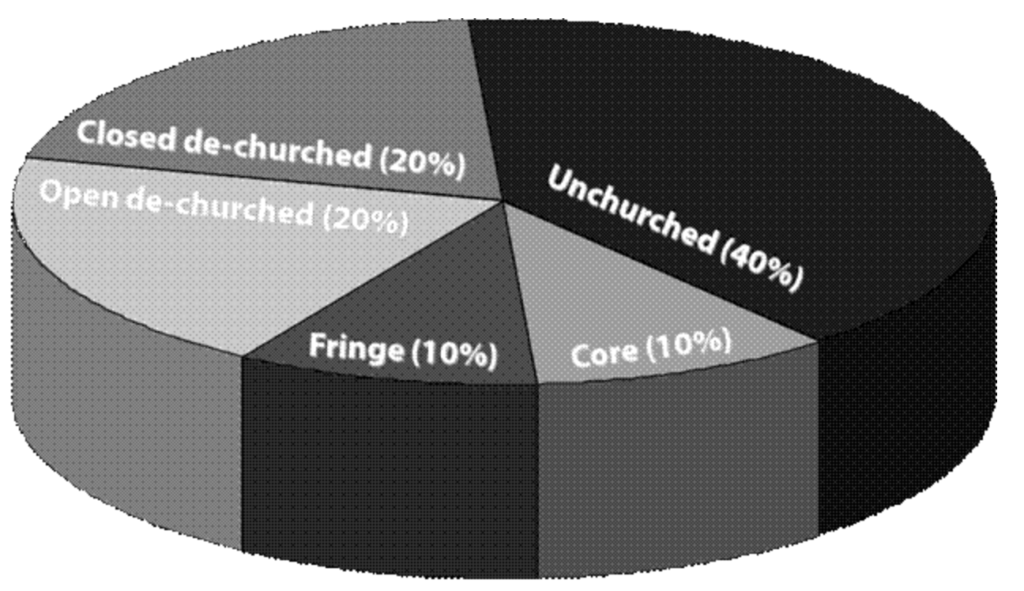
The word Church, in itself, means so much to every individual. To those whom regularly attend Church, it might mean that wonderful community where they belong, where they seek to worship God, possibly a place they go to regularly to meet with like-minded individuals. To those who don’t attend it could mean: that place which is on the High Street, and may be seen with historical significance; or a place which is a focus of trauma or even hate, where past experience has left a distinct wound. Where and what is the church?
So why highlight this?
The return to physical in-person services offers that traditional opportunity to offer worship to God. There’s a lot to celebrate in that. We have also taken the opportunity to live stream those traditional services to those who on Zoom, onto Facebook pages or even onto YouTube. This might extend the opportunities for those outside of Church to witness the worship, to see ‘inside the Church’, perhaps for the first time. It also provides a way that those isolated at home, especially in lockdown or shielding could ‘participate’. However, those who have experienced a negative response previously, with regard to church, may not resonate with such a traditional service.
The same time each week
We continue to meet to worship on a Sunday, usually late morning. This has not changed even in lockdown. Society has changed considerably over recent decades. With working arrangements evidently altered to move focus from weekdays to throughout the week, from ‘working in an office’ to ‘working from home’, what of the way that we offer ‘church’? When is church – in whatever format that might take – appropriate today? In essence, Where and what is the church?
Host or Guests?
Given such questions we could consider trying to answer them; however, this might emphasise the Host-Guest relationship. We as the host dictate the way, the where and the how we worship. Newcomers, considering the Church, are obliged to follow those dictates. This may not allow that understanding of belonging, not to a Church system, but to God. We need to actively consider what are the interests of those outside of the church. This requires ‘the Church’ to become the guest in this relationship, to strive to meet the needs of those whom are seeking God, as the host.

How might we do this?
It was Helen Cameron[1] who sought to label three groups: the Churched, the de-Churched and the un-Churched. They may suggest distinct defined groups but I would suggest that the boundaries are often vague and blurred. Furthermore, we may struggle to ‘find’ those whom are in the de-churched and un-churched communities, especially those who have been hurt in the past by ‘church’. Nevertheless, I feel it is imperative that we do make such introductions otherwise that current host-guest, possibly hierarchical, relationship will be maintained.
Our building is a great local asset. It offers such a wealth of facilities. Our congregation offers an even greater asset. They can offer a diverse degree of support. But we may need to change the way that the ‘Church’ is ‘seen’ – not as the Sunday service as our focus, but as a community. I would see the groups mentioned above as just two groups: those whom attend church and those whom don’t. Our role is to be part of that community that welcomes all. Not to have defined entry requirements, a bar to which we need to be measured, of those who have achieved the necessary to seek to demand that others do likewise. We may wish to reverse this. What about throwing open the doors and meeting the needs of others? Here we might be answering that question of where and what is the church?

How could we possibly start to do this?
It might mean that we may have to amend the way we have been offering activities in our Church.
It might better be seen in the form of a visual metaphor: of turning the Church inside out.
Rather than getting people into the building, (what’s known as an attraction model) how might we get our church body out of the church into the community – and even remain there? Wherever the congregation live, wherever the need might exist within the local community. It might mean that we have to re-emphasise our schedules to give time to speak with communities ‘outside of church’ to get to know them, not to invite them, but to understand them.
But we can’t do everything immediately. It is a journey.
Possible next steps
Community
Firstly, how might we seek to actively intentionally support those community groups whom currently use our facilities? That’s not openly using evangelistic models of the past in those groups, but being alongside, sharing, supporting. We offer an authentic vulnerable perspective of church, speaking of our lives in a frank way, not glossing over the difficult times we all experience.
Secondly, we might find ways to invite people to community meals and events: again, not to directly evangelise but to clearly demonstrate that desire for us to belong to our community and also equally importantly that they’d know that they are welcome, accepted, loved.
Online
Thirdly, our online provision, those YouTube services, could be adapted to strive to meet the needs of those outside of ’Church’. We already have physical services for those in Church. The online ‘services’ would not be replicating the traditional services or in fact resembling the way we have ‘done’ worship in the past but seek to provide new alternative ways of worship. It is being vulnerable, flexible and radical. It is an exciting but challenging journey remember.
Climate Change
Fourthly, and even more radically, just consider the eco-focus of climate change. The Church has many old(er) buildings which even with some double glazing and extra insulation will not make a significant difference to our carbon footprint. What might be a shining beacon to our local community? How about moving out of these old(er) buildings and utilise other buildings which fit our needs. Rent and/or share other buildings which are more modern and have efficient carbon footprints – be more part of the integrated local community. What message might that be to our local communities if we were to say that our traditional buildings, full of history, actually do not represent our message of hope for the future with respect to Climate Change. What are your thoughts?
We may well then discover, through others, where and what is the church.
[1] Cameron, Helen., Resourcing Mission : Practical Theology for Changing Churches, (London: SCM Press, 2010), p. 7